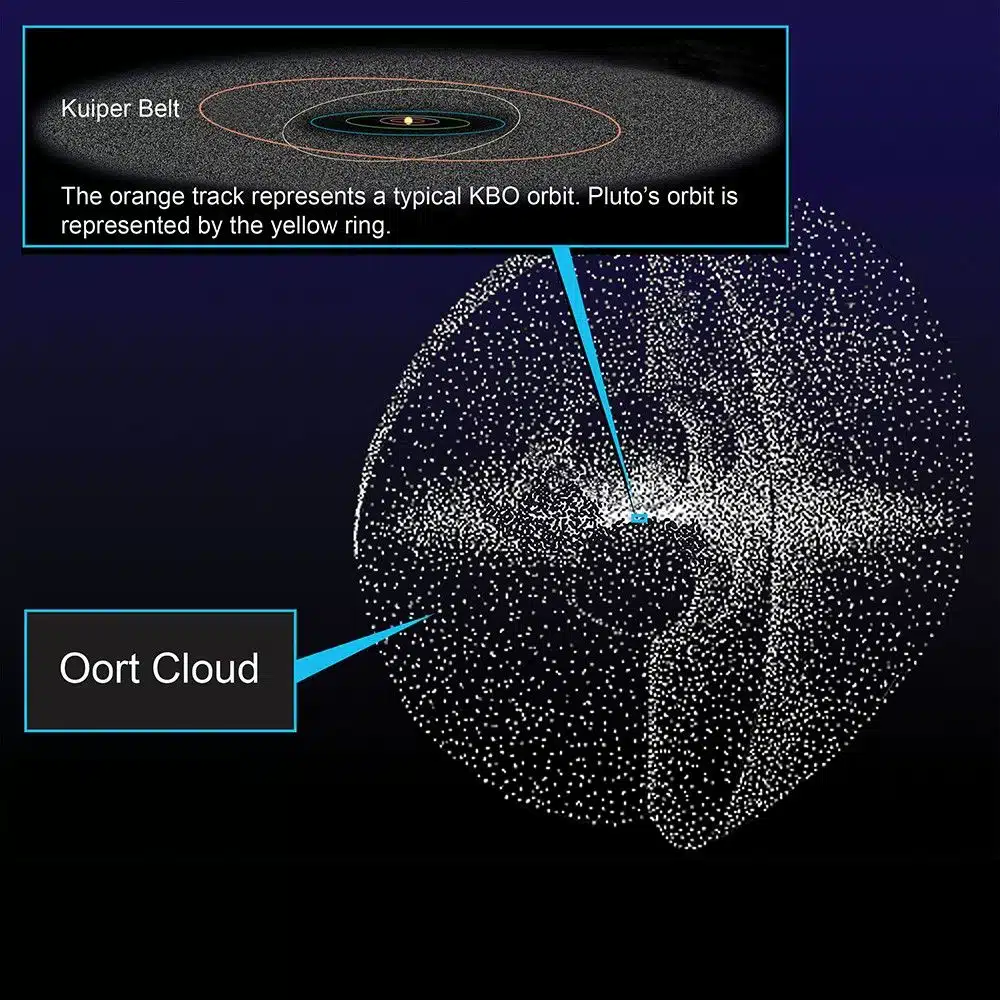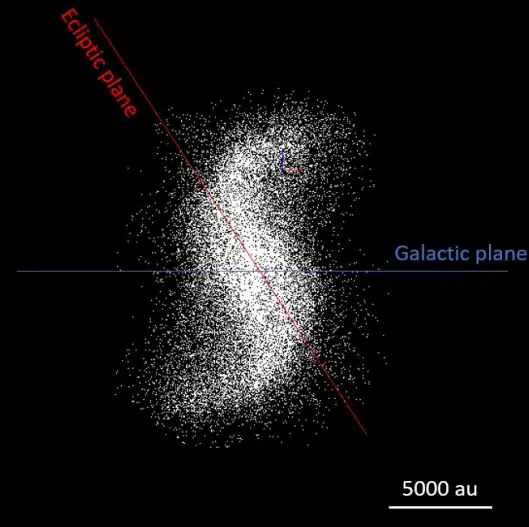NASA supercomputer reveals strange structure at the edge of our solar system
- A supercomputer has given first glimpse at a strange structure in space
- The Oort cloud lies on the edge of our solar system
- Until now, it wasn’t clear what the structure looked like
Published on Feb 25, 2025 at 12:42 PM (UTC+4)
by Claire Reid
Last updated on Feb 25, 2025 at 1:27 PM (UTC+4)
Edited by
Kate Bain
A NASA supercomputer has given scientists their first glimpse at a strange structure at the edge of our solar system known as the Oort cloud.
The Oort cloud is the name given to a mysterious shell of icy objects that sits at the edge of the solar system.
The concept of such a structure was originally proposed way back in 1950.
And now, thanks to a supercomputer, scientists may be about to get their first real look at the Oort cloud.
DISCOVER SBX CARS: The global premium car auction platform powered by Supercar Blondie
A NASA supercomputer gave a first-look at the Oort cloud
Lying on the edge of our solar system, the Oort cloud is made from remnants of our giant planets – Jupiter, Neptune, Uranus, and Saturn – after they were formed around 4.6 billion years ago.
Experts say that some of these remnants are large enough to be classed as dwarf planets.

The inner edge of the Oort cloud lies around 2,000 to 5,000 astronomical units (AU) from the sun – one AU is around 150 million kilometers or 93 million miles; while its outer edge is around 50,000 to 100,000 AU away.
Although the concept of the Oort cloud has floated around for decades, its exact structure and how it is affected by forces outside of the solar system is unclear.
And, because the structure is so far away even the most powerful of telescopes are unable to get a proper look.
However, new research that was published on February 16 at arXiv, has provided what could be a first glimpse at the Oort cloud.
The research suggests the cloud has an inner spiral shape
A team of researchers built a model of the Oort cloud’s structure by using information from the orbits of comets and gravitational forces from both inside and outside our solar system.
They then fed this model into NASA’s Pleiades supercomputer and it created images showing what the cloud may look like.


The supercomputer suggested that inside the structure there is a spiral disk that had been generated by the tidal forces of the solar system.
“As the galactic tide acts to decouple bodies from the scattered disk it creates a spiral structure in physical space that is roughly 15,000 astronomical units in length,” lead astronomer David Nesvorný from the Southwest Research Institute in the US wrote.
“The spiral is long-lived and persists in the inner Oort Cloud to the present time.”
The inner structure looks a little like a spiral, with two twisted arms that reach out around 15,000 AU from one end to the other.
Scientists are keen to learn more about the Oort cloud’s origins and makeup in the hope that it reveals secrets about how the Milky Way was formed.
Some of the images used for this article are created with AI.
Claire Reid is a journalist who hails from the UK but is now living in New Zealand. She began her career after graduating with a degree in Journalism from Liverpool John Moore’s University and has more than a decade of experience, writing for both local newspapers and national news sites. Claire covers a wide variety of topics, with a special focus on cars, technology, planes, cryptocurrency, and luxury.




